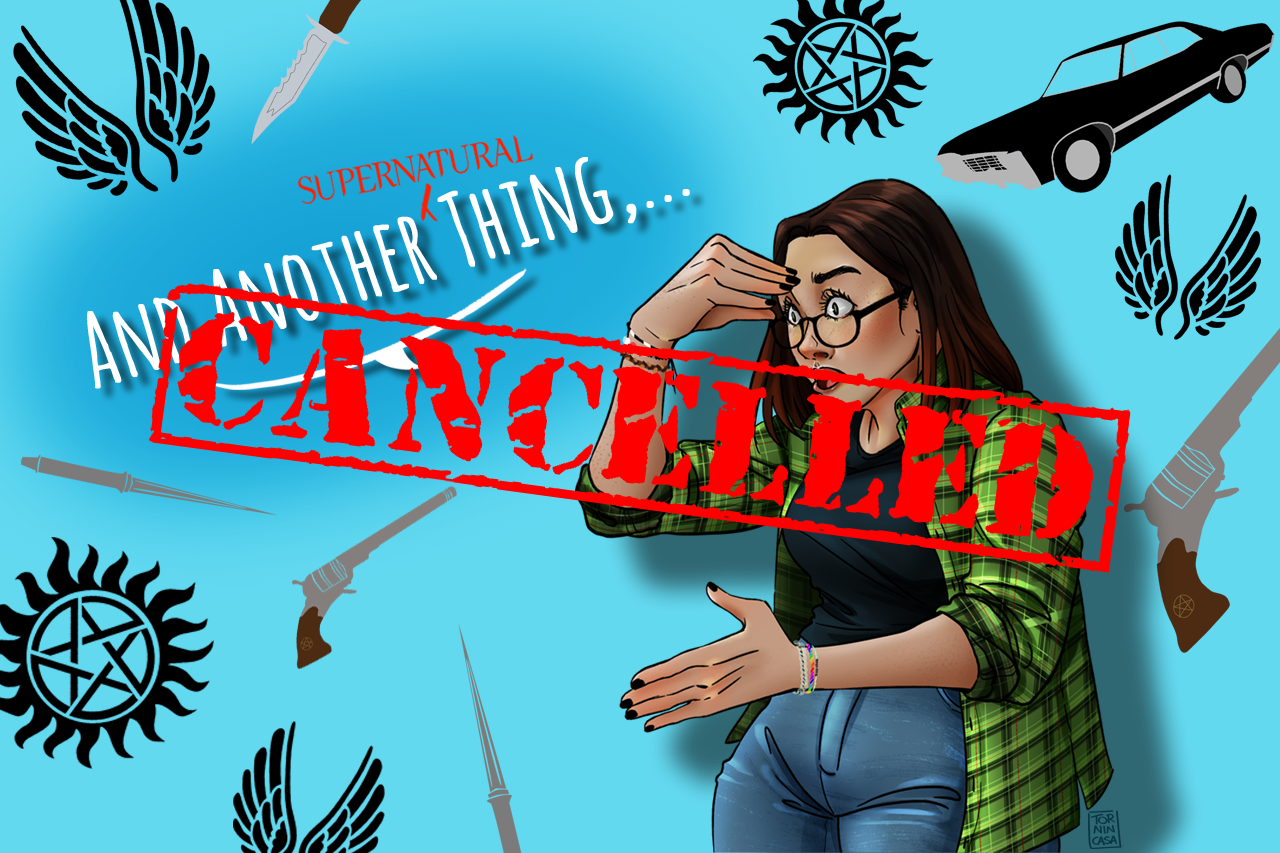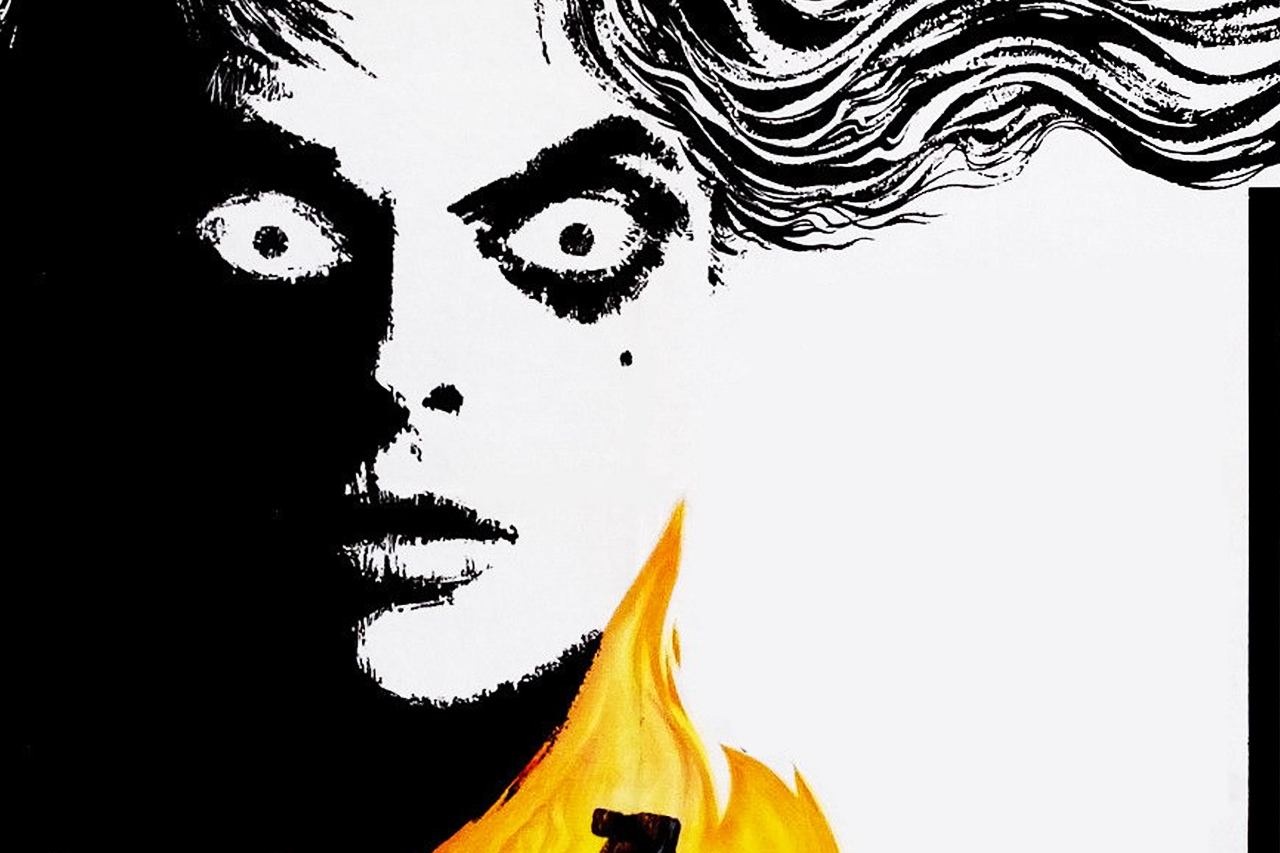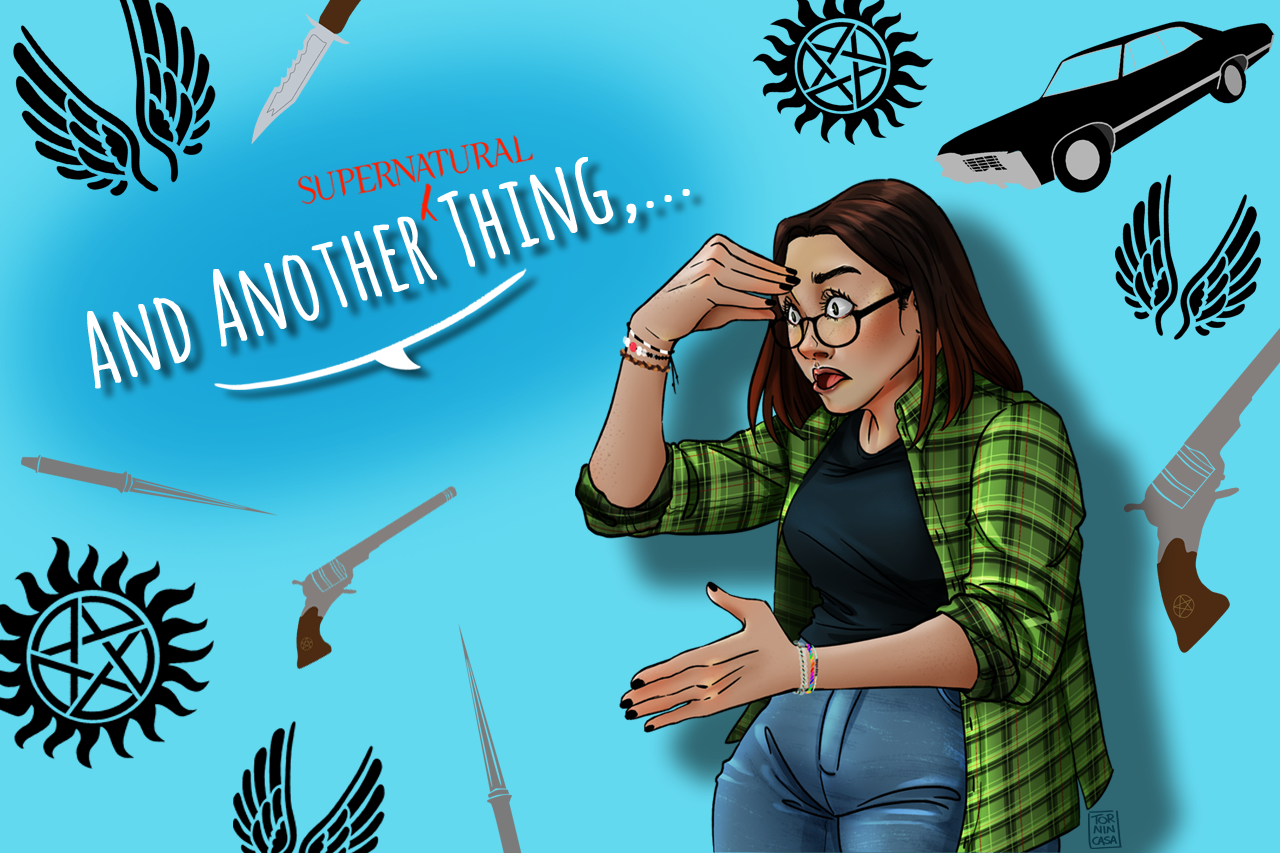Kirikou and the Sorceress is an animation movie released in 1998 directed by the French Michel Ocelot.
In our column Forgotten Memories, we’ll start a new trip with the little Kirikou to a small African village plagued by drought end a terrifying witch eats the men and ask tolls to women.
Plot
In a little village somewhere in Africa, a boy named Kirikou is born. But he’s not a normal boy, because he knows what he wants very well. Also, he already can speak and walk. His mother tells him how an evil sorceress has dried up their spring and devoured all males of the village except for one. Hence little Kirikou decides, he will accompany the last warrior to the sorceress. Due to his intrepidity, he may be the last hope of the village.
Kirikou and the Sorceress – Review
Although it’s an old movie, I’ve only seen Kirikù as an adult. The film is reminiscent of African art in design and style. The long and slender figures, the fetishes remember masks typical of African culture and religions.
Kirikou is from the beginning of a very special child. He is born by himself, he washes immediately by himself and nourishes himself. And in his innocence and at the same time great intelligence, he discovered what the witch has done to his village he wants to find a solution.
However, it is not enough for little Kirikou to defeat the witch, but he wants first of all to understand her reasons. “Why is the witch Karabà evil?” He asks this question several times, first to his mother, then to other villagers. And although he manages to solve some problems, such as bringing water back to its people and preventing the witch from abducting children, this question remains strong and present in the child’s mind.
Kirikou is the only one to make this question.
And it will be the search for this answer that will allow him to save his people.
«But why is the witch Karaba bad?» *spoiler alarm.
This being the main question, the engine of the entire film, we can certainly not avoid answering, but at the same time, we can not give an answer without revealing the end.
So if you haven’t seen the movie yet, stop for a moment, rent an online edition (or buy it from our link at the top). Then look at it and then come back here, so we can discuss it together.
Let’s start now from a very simple assumption. Usually, the hero just wants to defeat the villain without asking too many questions. But that’s not enough for Kirikou. The witch cannot be bad because that’s it. It is of the very few cases in which the hero seeks a motive for his enemy. And the whole journey is aimed at this.
And in fact, the witch is more hurt than evil. Betrayed by the men who poisoned her and tried to subdue her, she herself became a cruel and terrible creature. So that men fear her so that they will never be submissive again. She dominates over others, with cruelty and fear so that they cannot do this to herself.
Kirikou will, therefore, save the village, but will also save the witch who freed from the poison that men have inflicted on her will again be free to be herself. However, the will to not be a slave is not lacking, so much so that the child’s request to marry her insists that she does not want to be a submissive and that for this reason, she could not take a husband.
But even here, little Kirikou explains that she would not be a submissive, but an equal. Thus, with a kiss of the woman, Kirikou grows up becoming a man and Karabà his wife. And last time, after leading her to the village, she must defend her from the prejudice of the inhabitants who still see her as a witch and would like to hurl themselves against her.
Kirikou and the Sorceress – Final consideration
The year 1998 was running. An era and a time very different from those that we can live today day. Yet very subtly and in a not too explicit way, there was someone who sent messages that can then be interpreted and perhaps even better understood by a very young audience. In Kirikou, we talk about respect, we talk about discrimination (Kirikù is the littlest child and often other children do not include him in their games) and feminism (the witch becomes evil because men have used violence on her wounding and poisoning her.
Another constituent that we can find very modern is the nudity of the characters. Kirikou and the other children are completely naked and the women are covered only from the waist down, showing breasts and nipples. And there’s no sexualization in that. It’s simply the costumes that reflect those of the tribes of Africa. No malice and nothing that could, in fact, scandalize the eyes of a child. And that’s fine.







